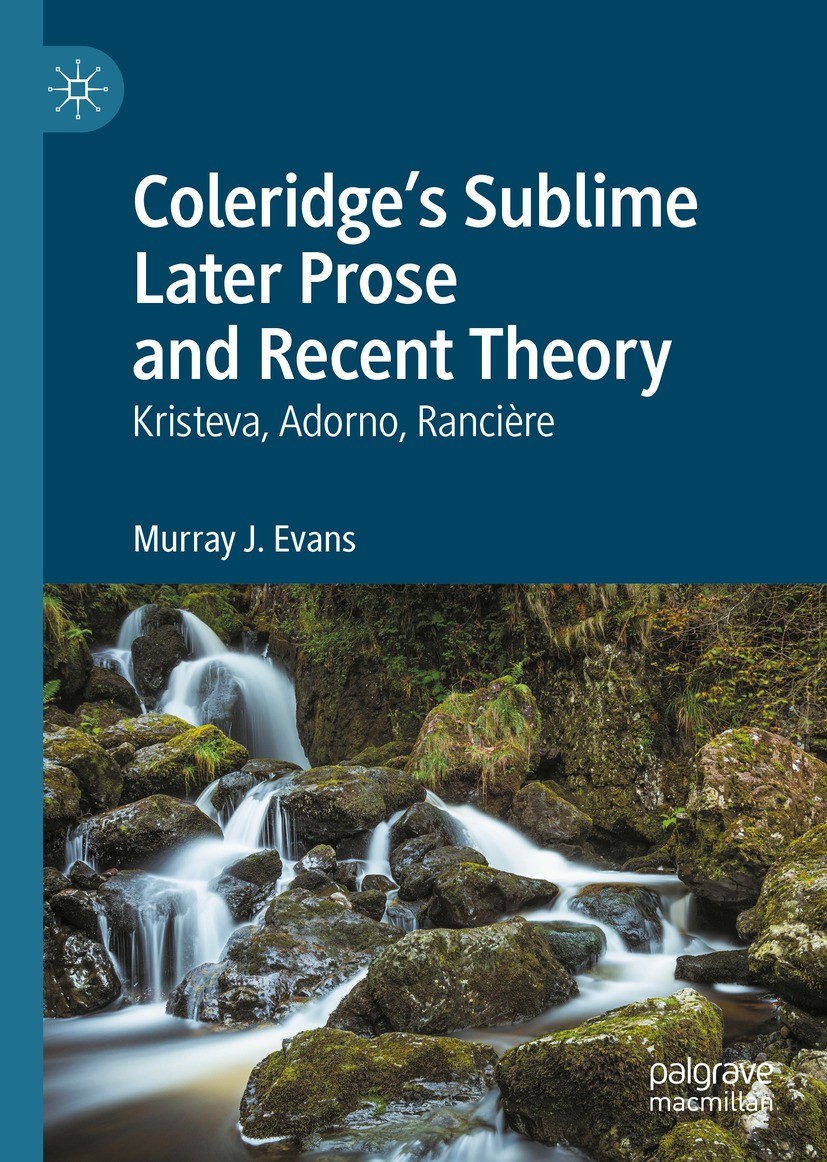The Friends of Coleridge, founded in 1986 by David Miall and Rosemary Cawthray, exists to foster interest in the life and works of the poet Samuel Taylor Coleridge and his circle. We pursue our aims by publishing the journal The Coleridge Bulletin, by hosting a biennial Summer Conference, and by running events and workshops for members of the society, for schools and other institutes of education, and for the general public. Membership is open to all. For details of how to subscribe please go to the Join us membership page. We also welcome any enquiries.
EVENTS:
The Friends of Coleridge has a thriving programme of events, including in-person conferences and study weekends, and a series of digital events. Click below for details of:
- Coleridge Conference 2024, 29 July-2 Aug, Grasmere
- Digital Event: 16 March 2024 - Murray Evans on Coleridge's Sublime Later Prose and Recent Theory
Samuel Taylor Coleridge by Washington Allston, oil on canvas, 1814, NPG 184 © National Portrait Gallery, London






